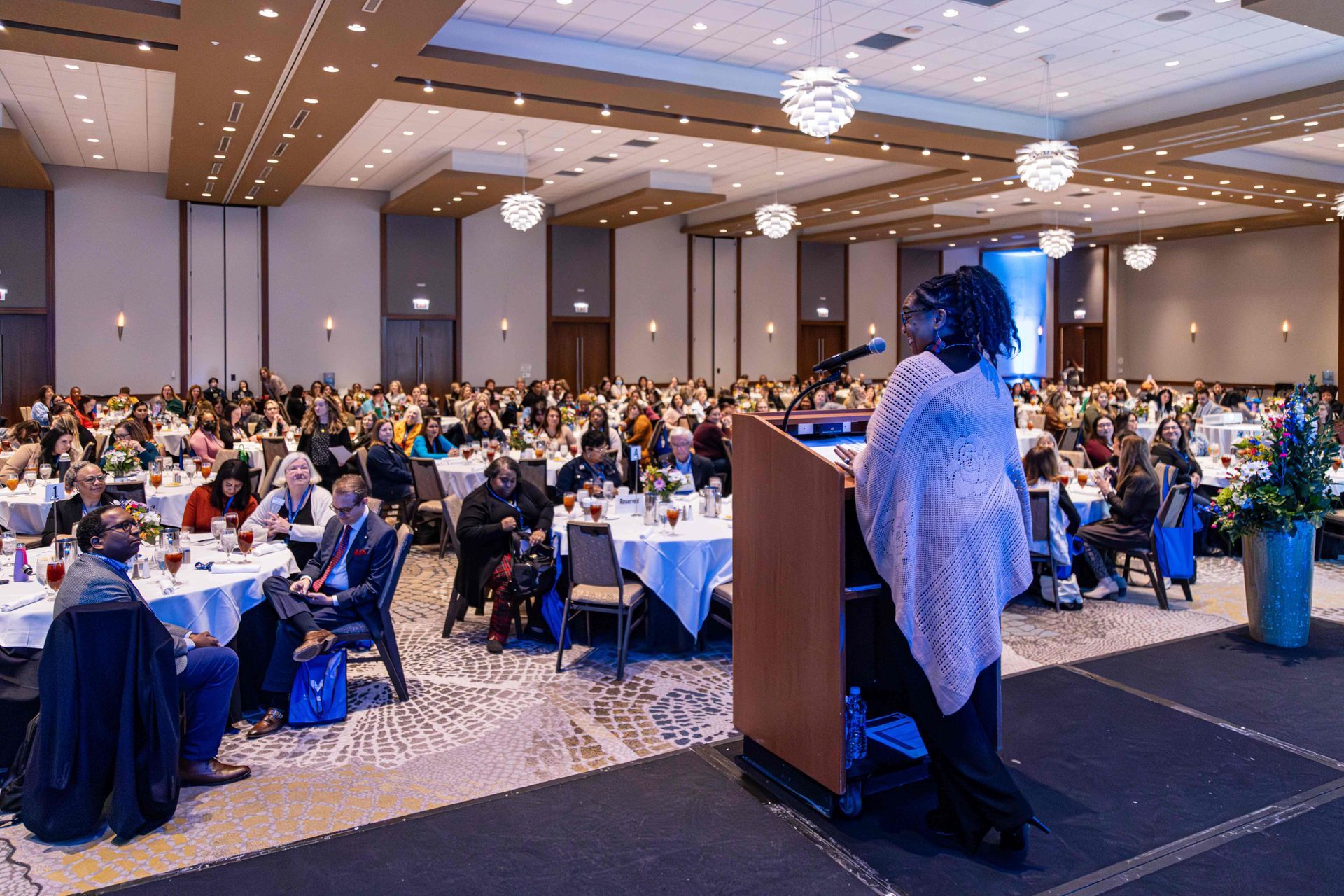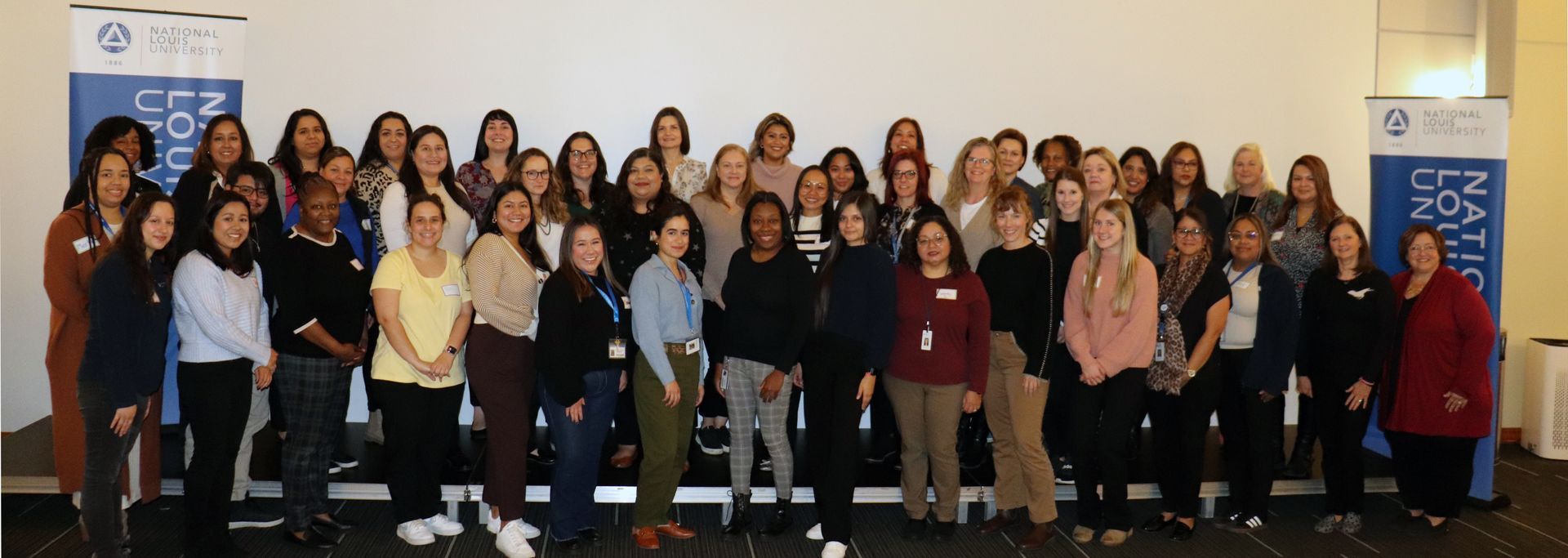Aim4Excellence Facilitator Manual
McCormick Institute for Early Childhood
BY | September 15, 2017
Aim4Excellence™ facilitators, please contact Lorena Rodriquez to receive access to the Aim4Excellence facilitator resources.
BY | September 15, 2017
Aim4Excellence™ facilitators, please contact Lorena Rodriquez to receive access to the Aim4Excellence facilitator resources.
LOCATIONS:
18 S. Michigan Avenue, Eighth Floor Chicago, IL 60603
850 Warrenville Road Lisle, IL 60532
1000 Capitol Drive Wheeling, IL 60090
Mailing Address:
National Louis University,
Attn: McCormick Institute for Early Childhood
122 S. Michigan Avenue Chicago, IL 60603
McCormick Institute for Early Childhood

Learn how the McCormick Institute for Early Childhood is transforming early childhood education through innovative programs and workforce development. Our mission is to expand access, equity, and opportunity for young children and families across Illinois and beyond, drawing on decades of leadership in the field.

Discover our journey from Elizabeth Harrison's 1886 vision to train women as kindergarten teachers to the renowned McCormick Institute for Early Childhood. Learn how a $600 grant in 1985 ignited a movement that transformed early childhood leadership and explore the pioneering educators and pivotal moments that shaped our legacy.

Meet the dedicated experts, researchers, and leaders who drive the McCormick Institute's mission to transform early childhood education and support the early childhood workforce.
add a title
Add a link
Add a link
Add a link
add a title
Add a link
Add a link
Add a link
add a title
Add a link
Business Administration Scale for Family Child Care (BAS)